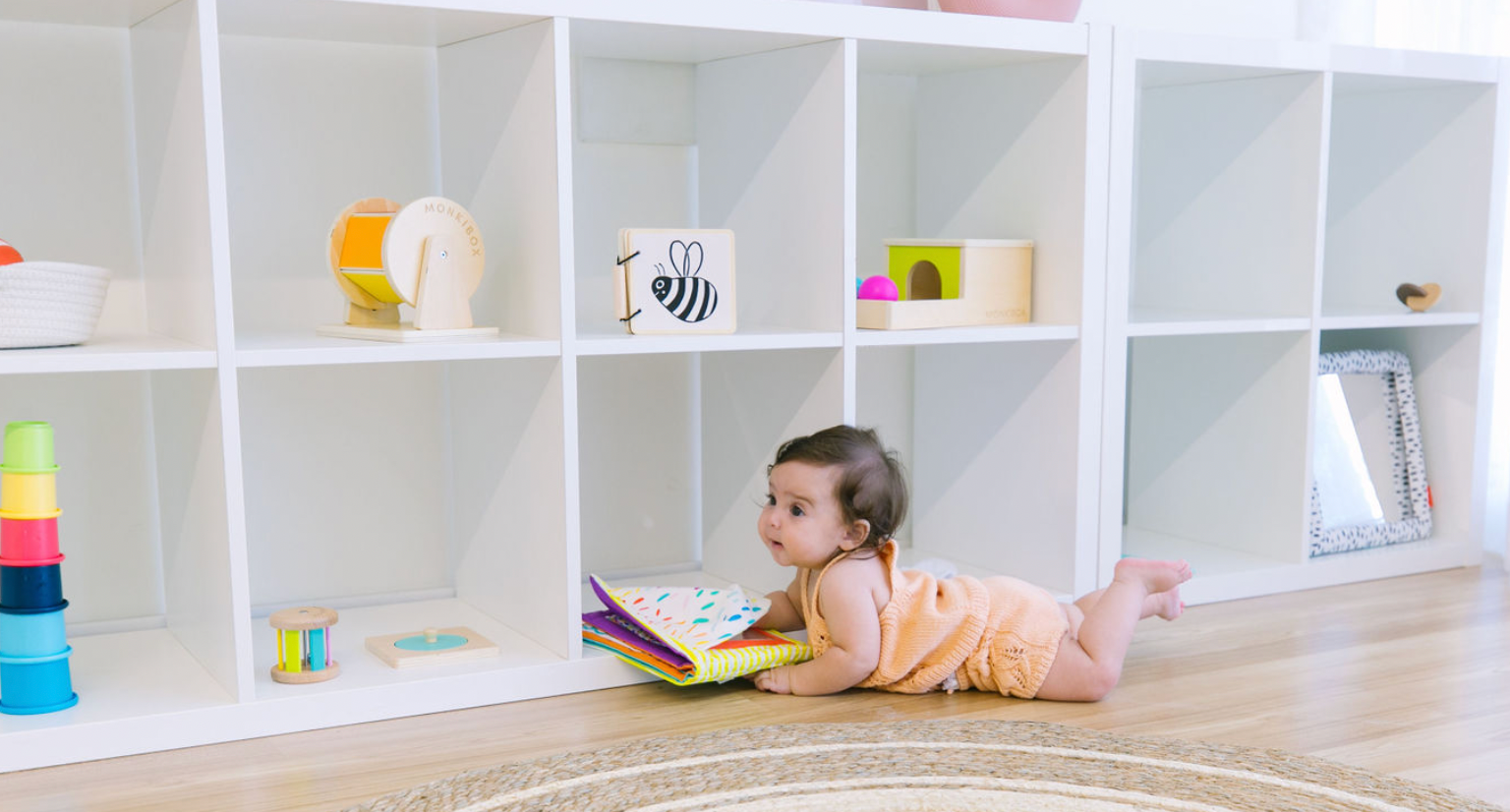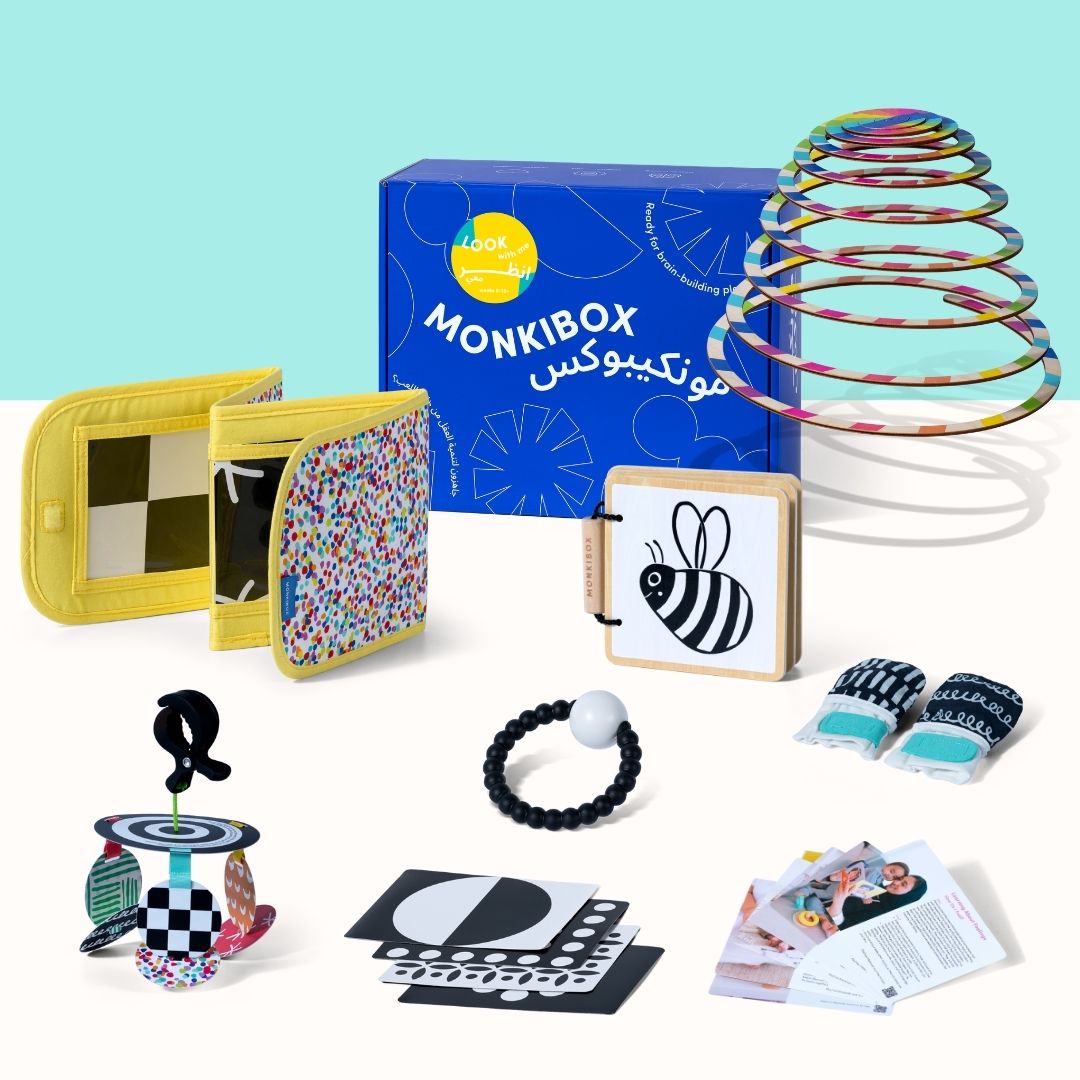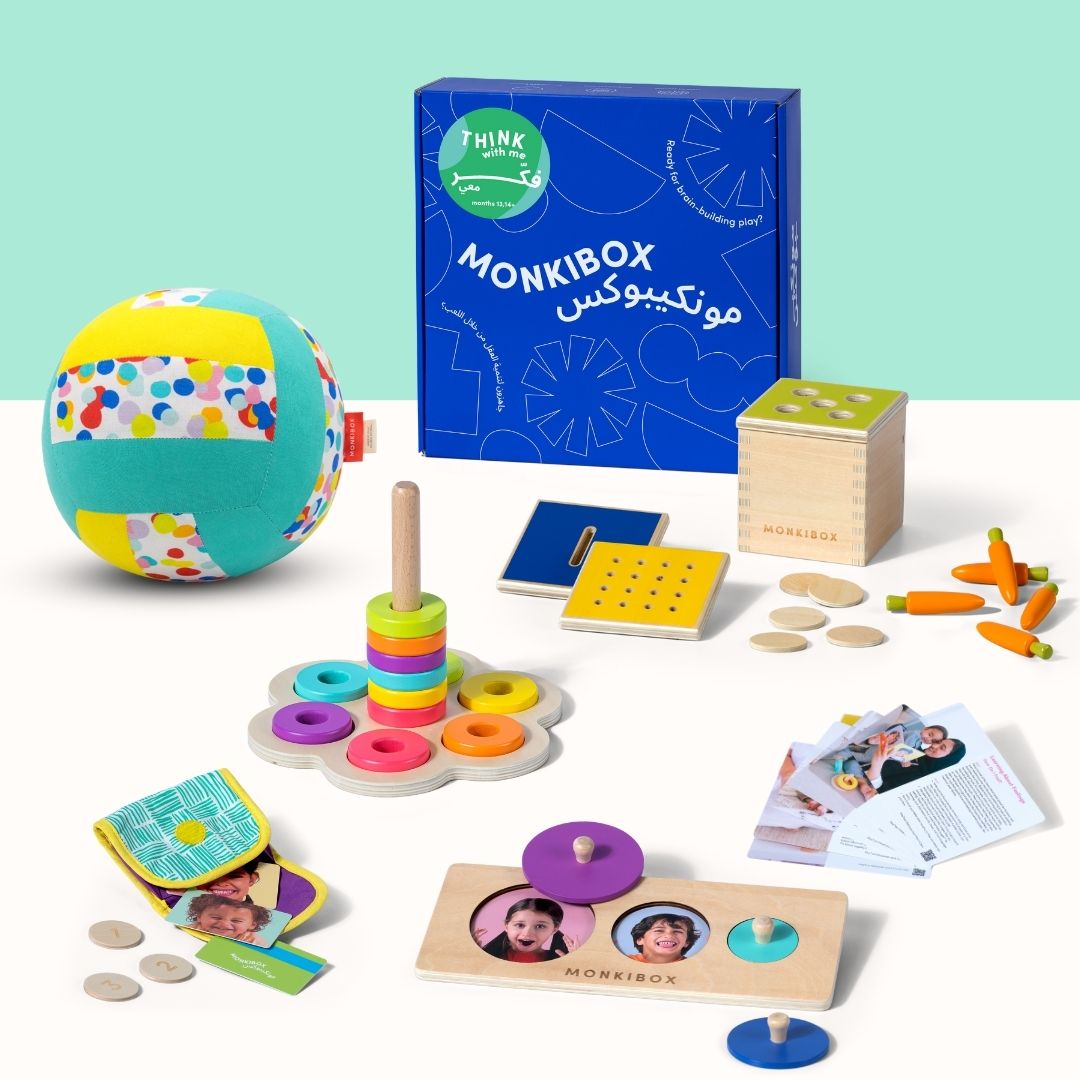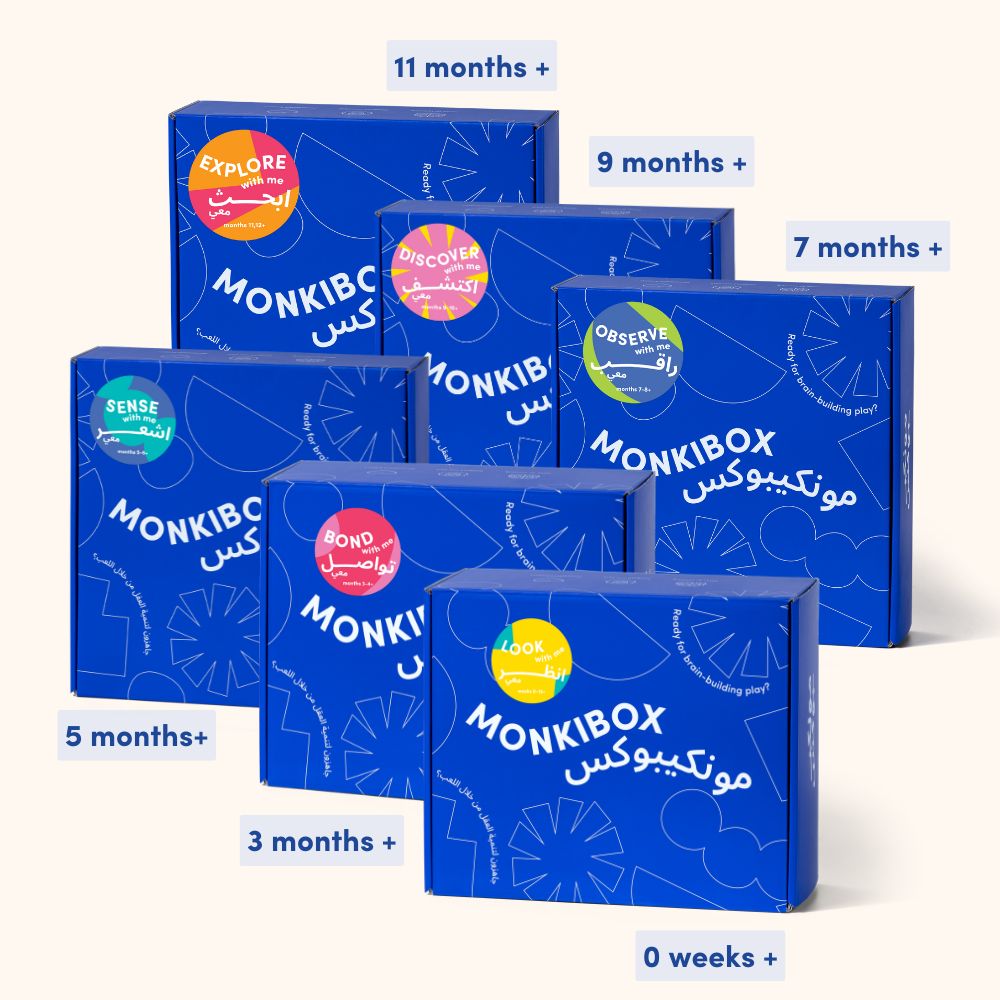Have you been staring at Pinterest worthy playrooms all day? Setting up your baby's play space can be a fun project, but it can also be overwhelming.
Where do you start? What's the best layout? And, as is the case for most households, how do you create a shared space for your family and baby to enjoy?
Let's have a look at a few Montessori characteristics for inspiration. It doesn't have to be perfectly Montessori, but we're sure you will agree with us that some suggestions are easy to implement, beautiful to look at and most importantly, functional.
K.I.S.S. - Keep It Simple, Silly!
Avoid clutter in the space and keep the colours muted so the room's focus can be on the 8 - 10 activities and playthings. Practice toy rotation if you have a lot of toys. This will keep your space tidy and organised and keep your little one interested in toys you already own.
This also promotes a sense of order - something young children crave! Ensure you have a place for everything, and everything stays in its place. Encourage your baby from a young age to pack away any toys or activities. Having an organised space is especially important if you plan to create a shared space, like setting up a play area in your living room.
Having a small rug and dedicated area just for your baby to play will help you keep your house neat while providing your baby with the much needed space to explore and learn.
Include open space for movement
Regardless of where you live, you will be spending significant time indoors with a baby or toddler. If you include enough open space to work on gross motor skills, your child will benefit from having a safe space for rolling, crawling, climbing, walking and even dancing.
Child-sized = child friendly
Aim to include furniture that is child-sized (or appropriate for your child's age). One of the Montessori principles we love is independence. This doesn't mean your baby can do whatever he wants, but rather do things for himself at his own pace.
A small but sturdy table and chair, a comfortable reading nook and an accessible bookshelf are great investments.
The right stuff
Kids get bored of toys that do the play for them pretty quickly. The more a toy does (think music playing and lights flashing), the less your baby will have to do. Include toys and activities in the playspace that will engage your baby rather than entertain.
Age-appropriate playthings will develop your baby's current skills and prepare him for the next stage of development. You can always revisit some older toys as your baby grows and introduce new, more complicated ways to play.
Variety of activities
Including a variety doesn't necessarily mean more toys. In a typical Montessori space, you will find puzzles, instruments, art & craft tools, and practical life tools. Having a variety that will stimulate creativity, concentration, problem-solving skills, fine and gross motor skills will keep your baby engaged for more extended periods and promote independent play.
Make it beautiful
You want your child to WANT to spend time in their playroom, so make it a pleasant space to be. Why not add some artwork and plants (at their eye level)? Many parents like to choose toys made from natural materials because they are the safer option, but they are also aesthetically pleasing. Adding your D.I.Y. activities or even a few choice plastic toys can help you keep your budget under control and provide your baby with various textures and activities.





